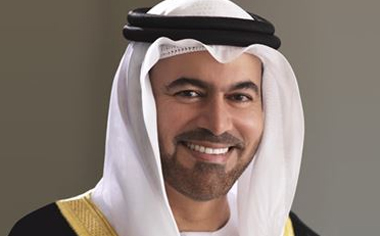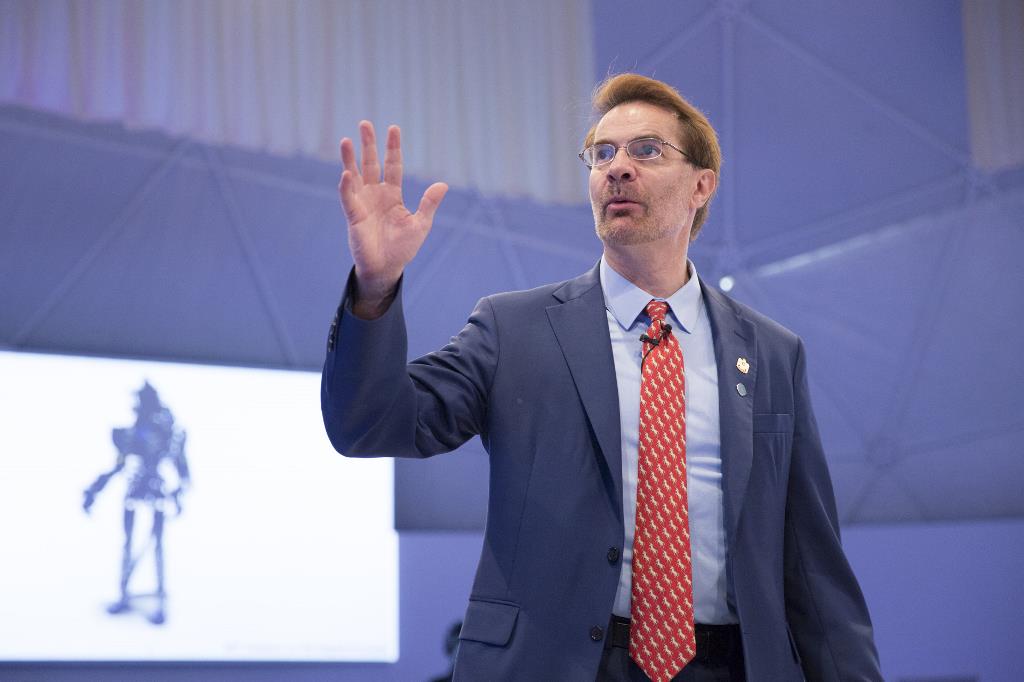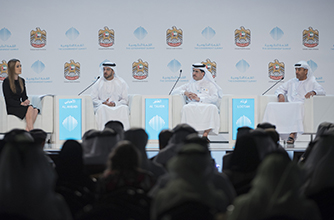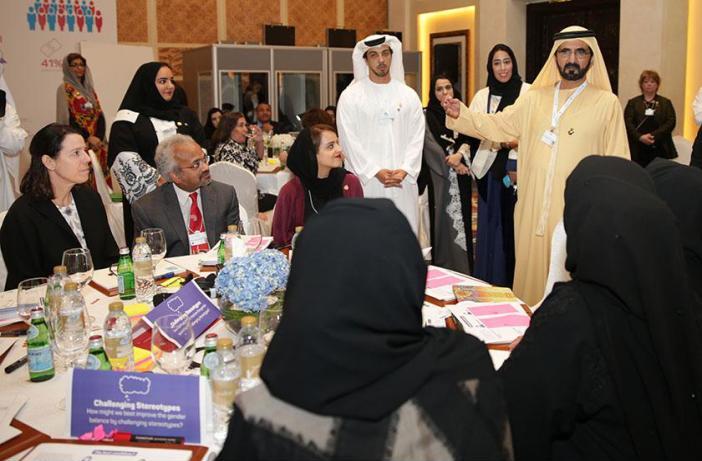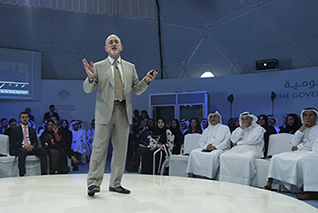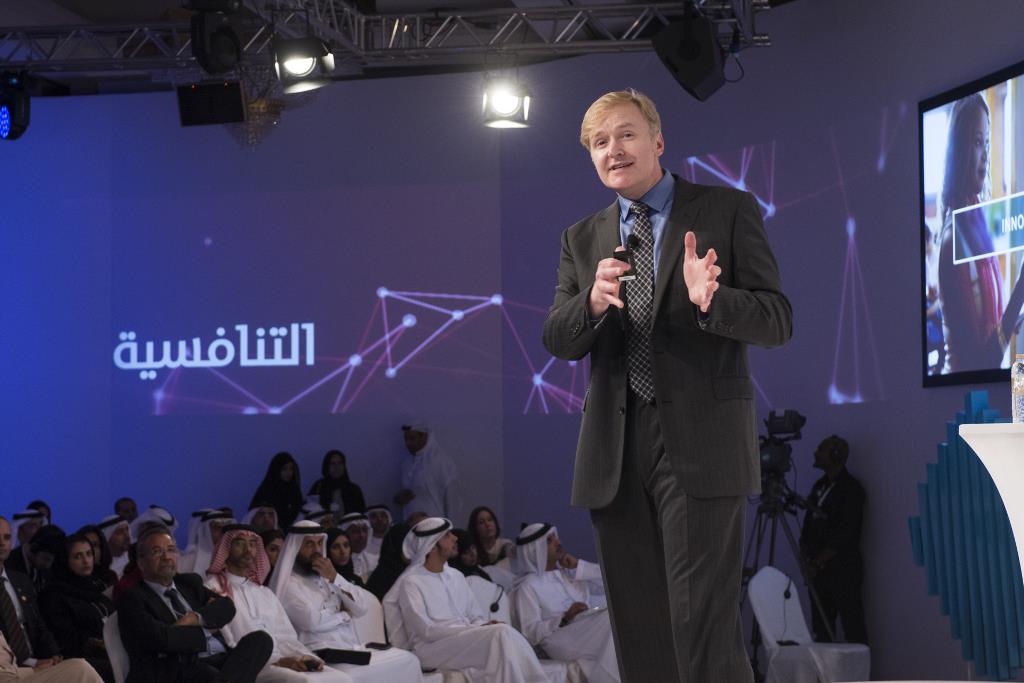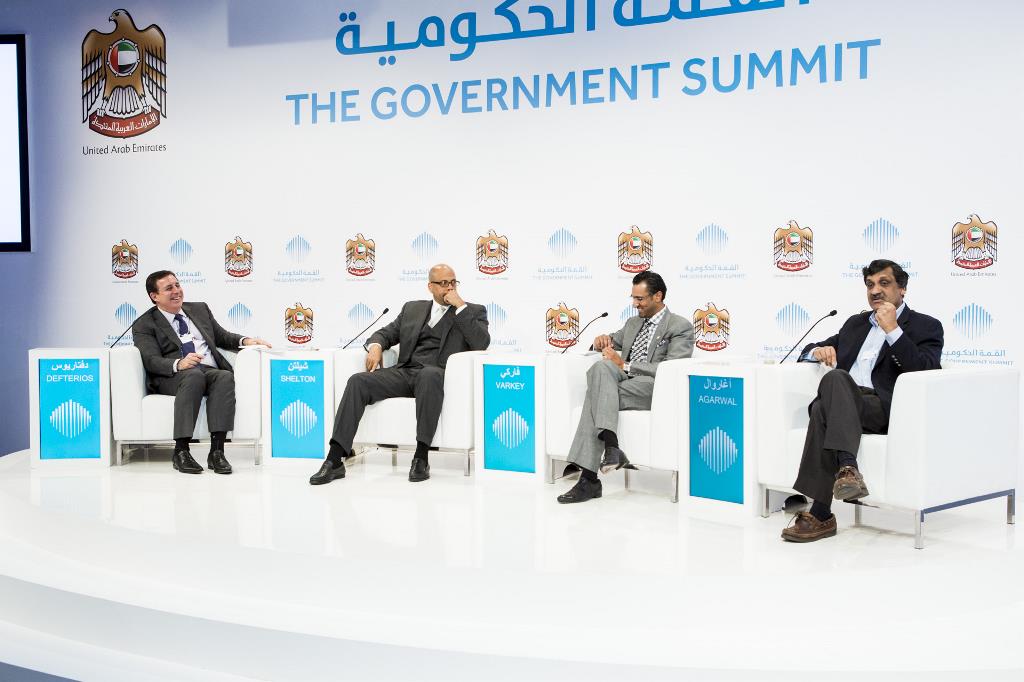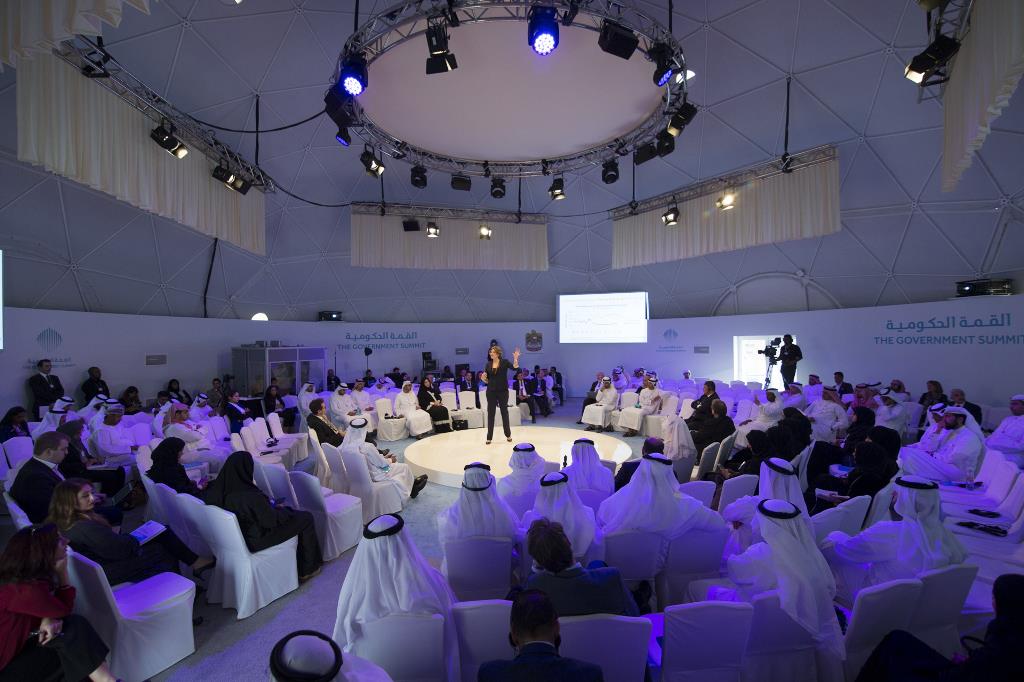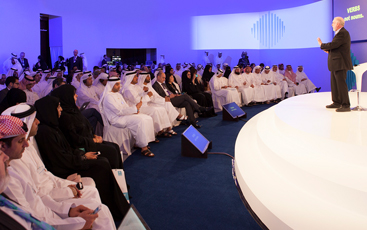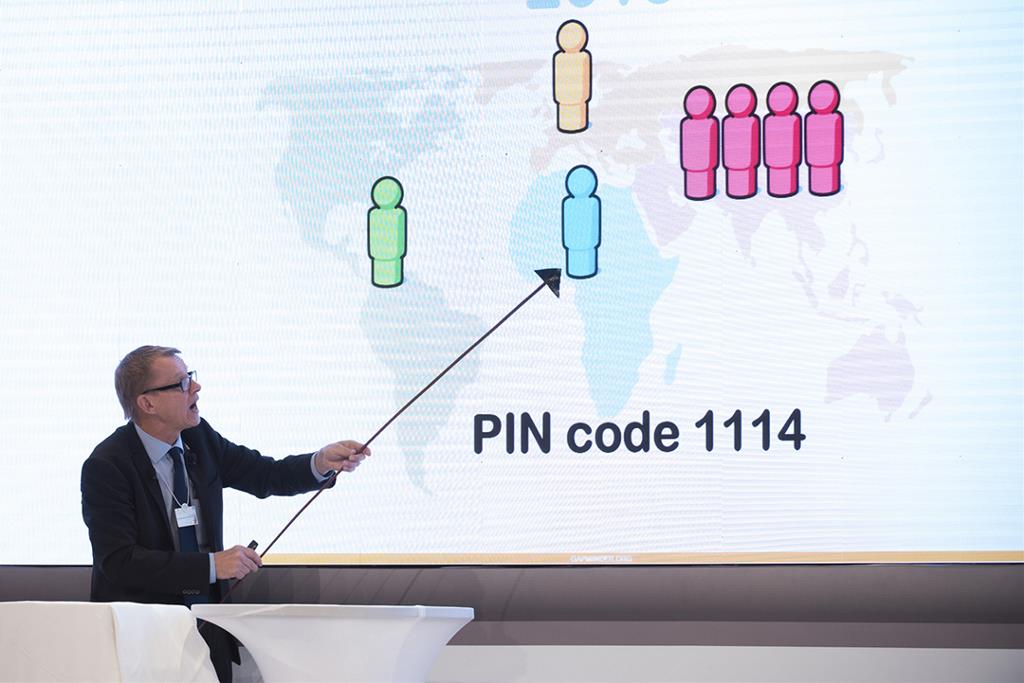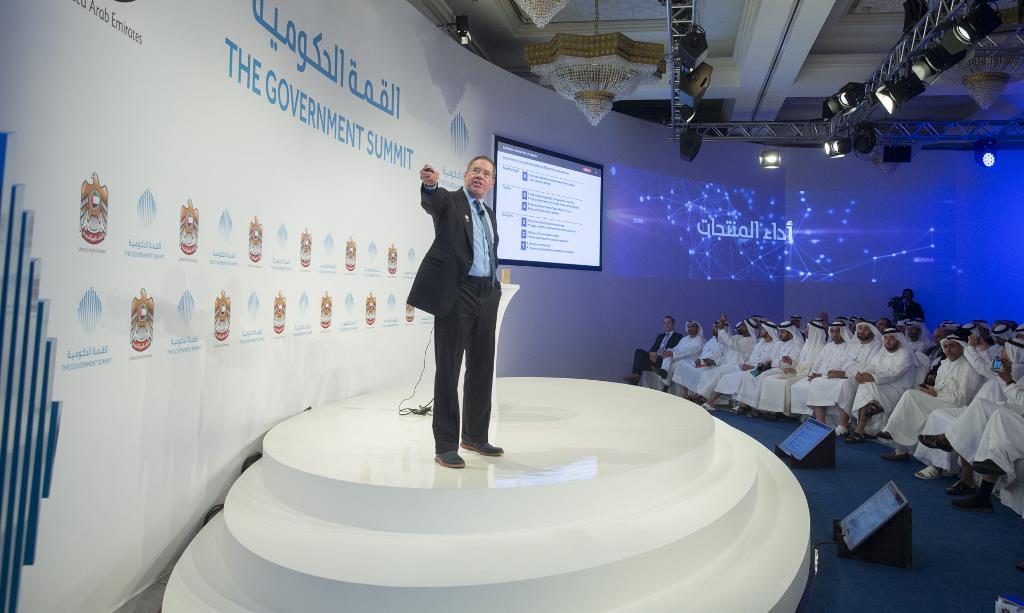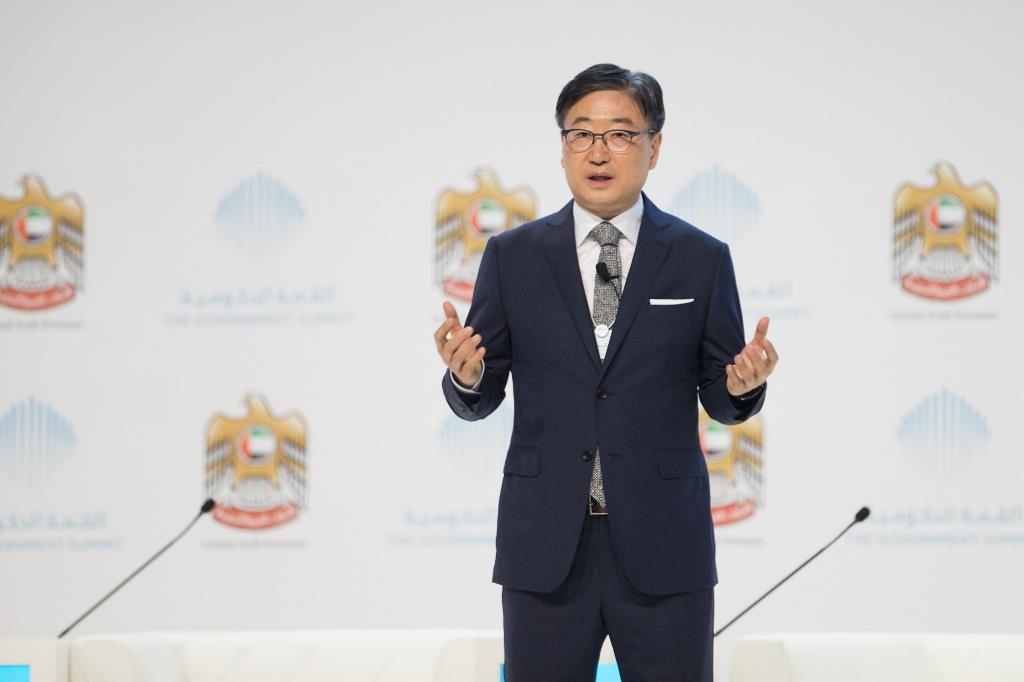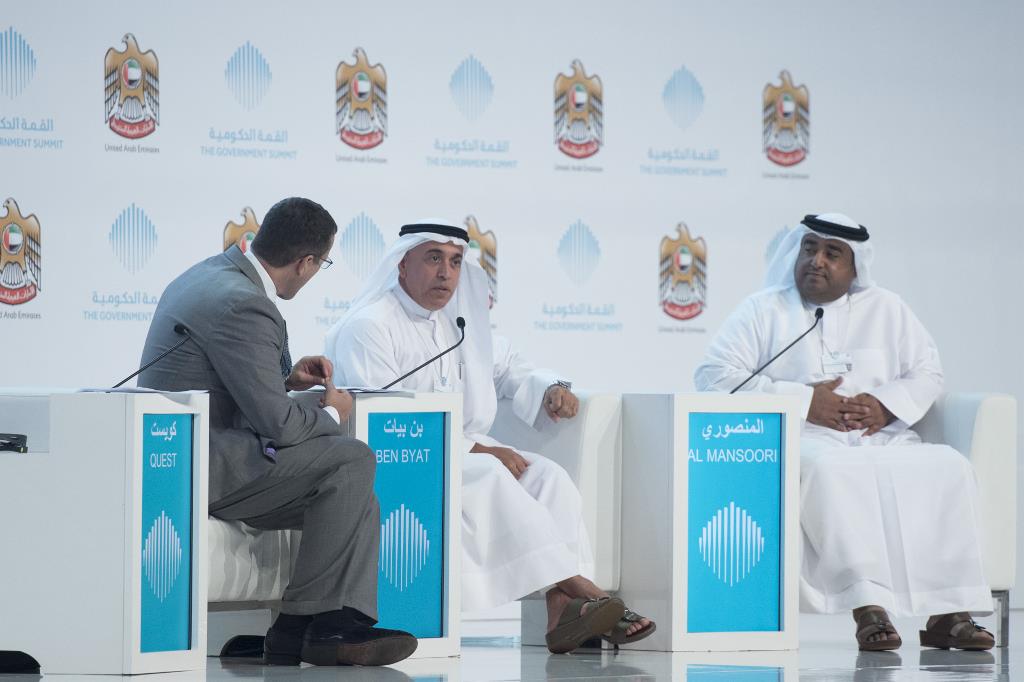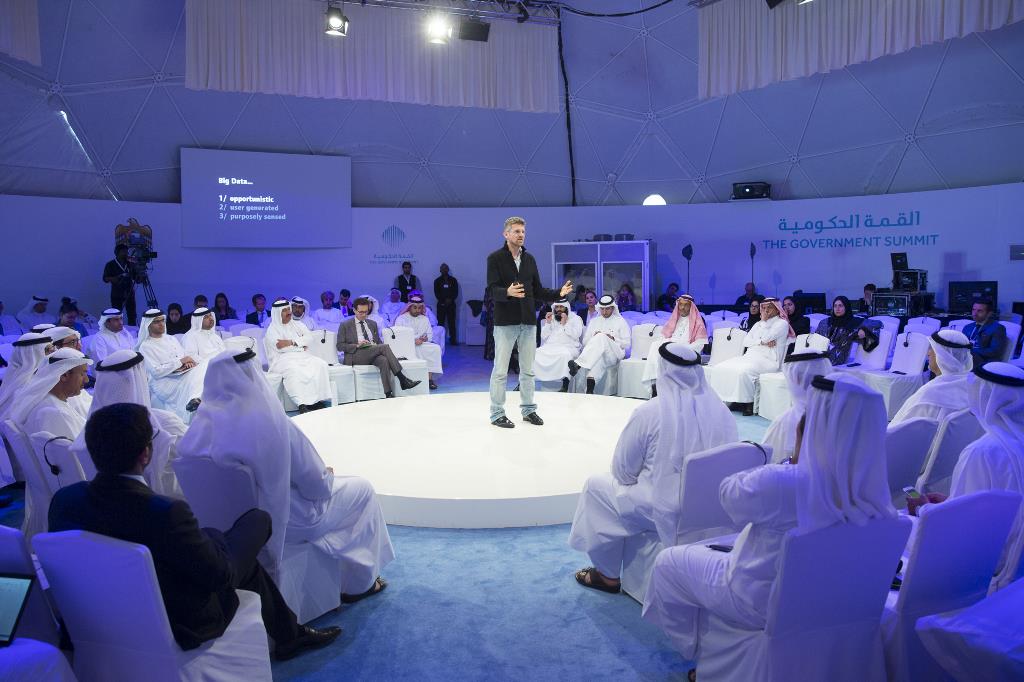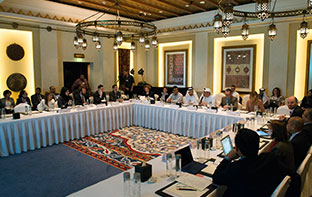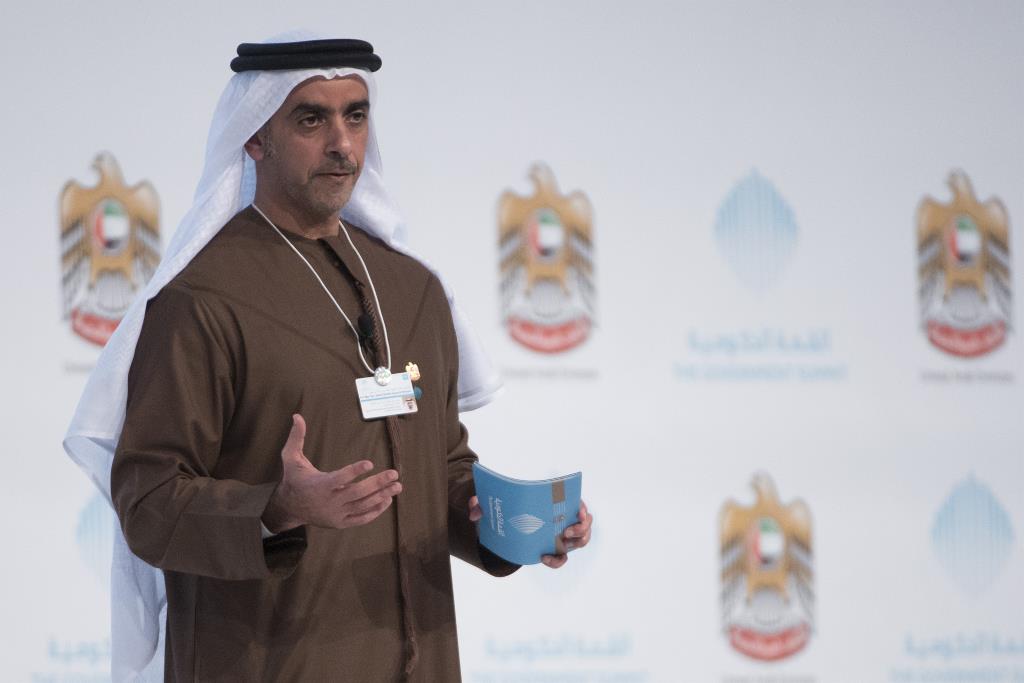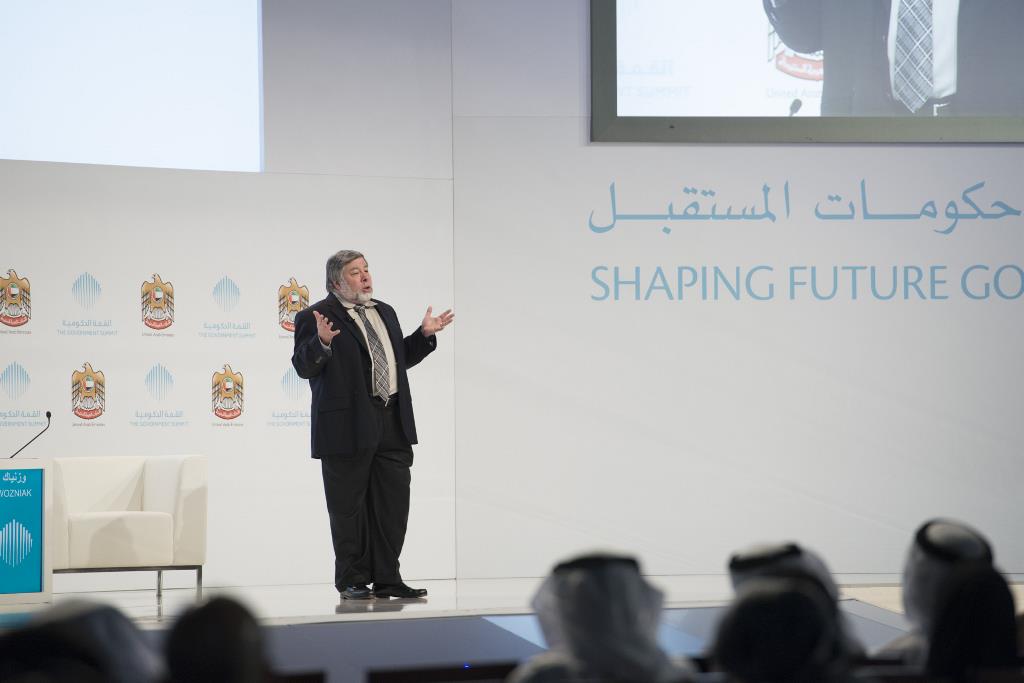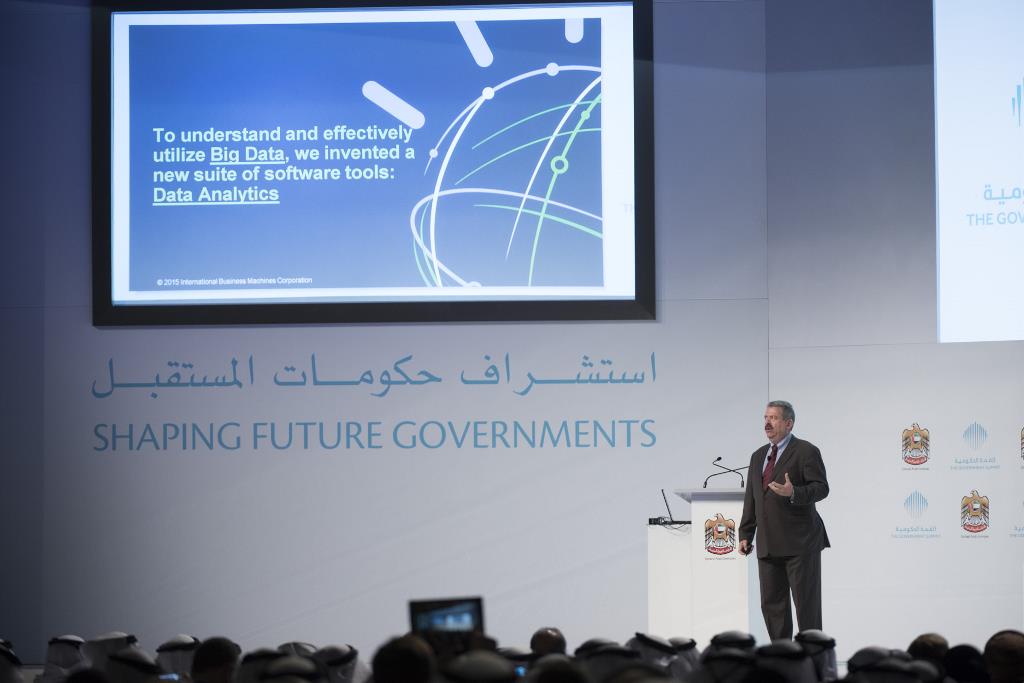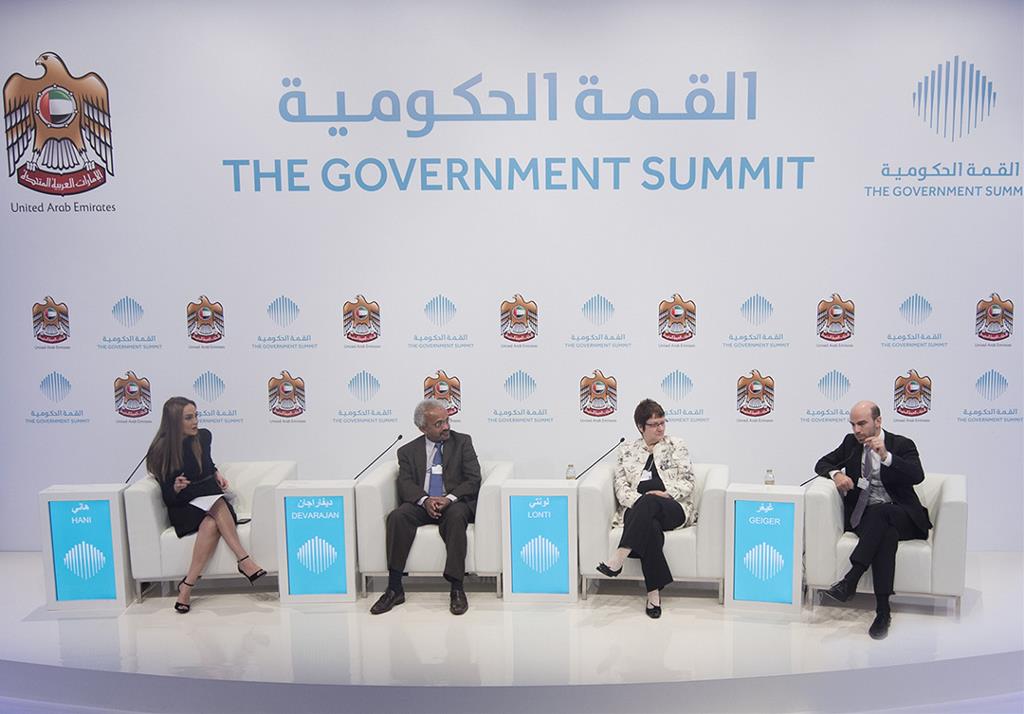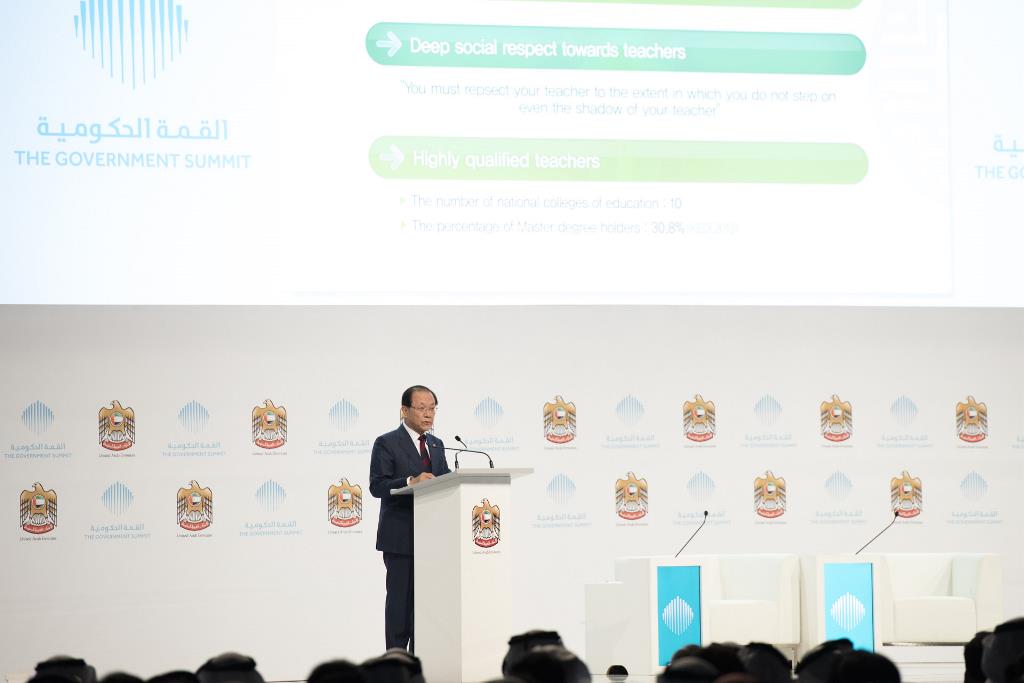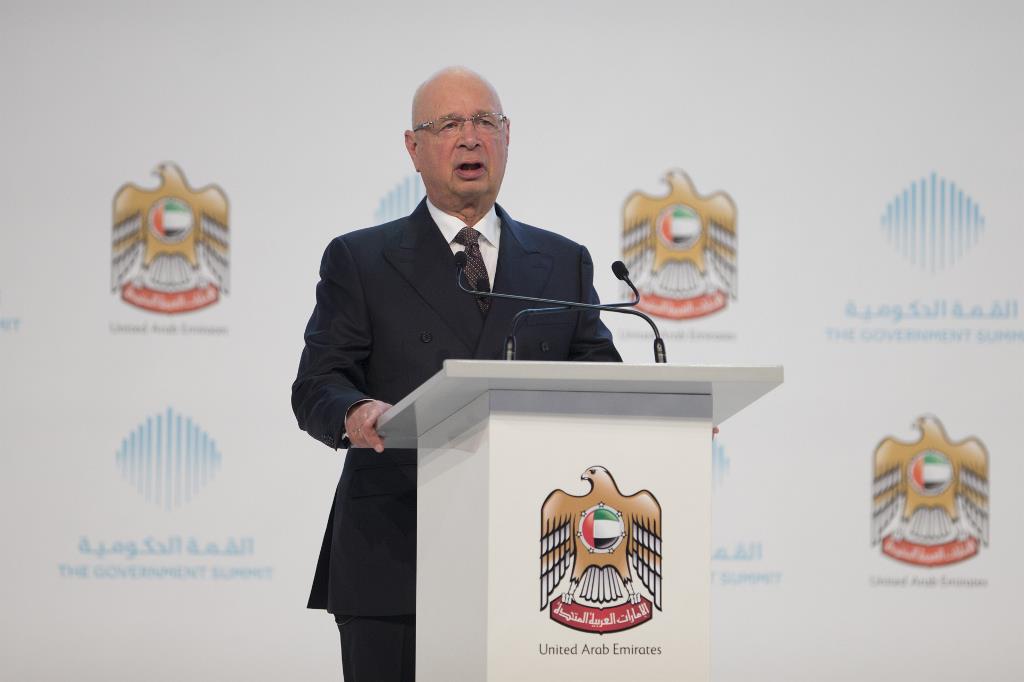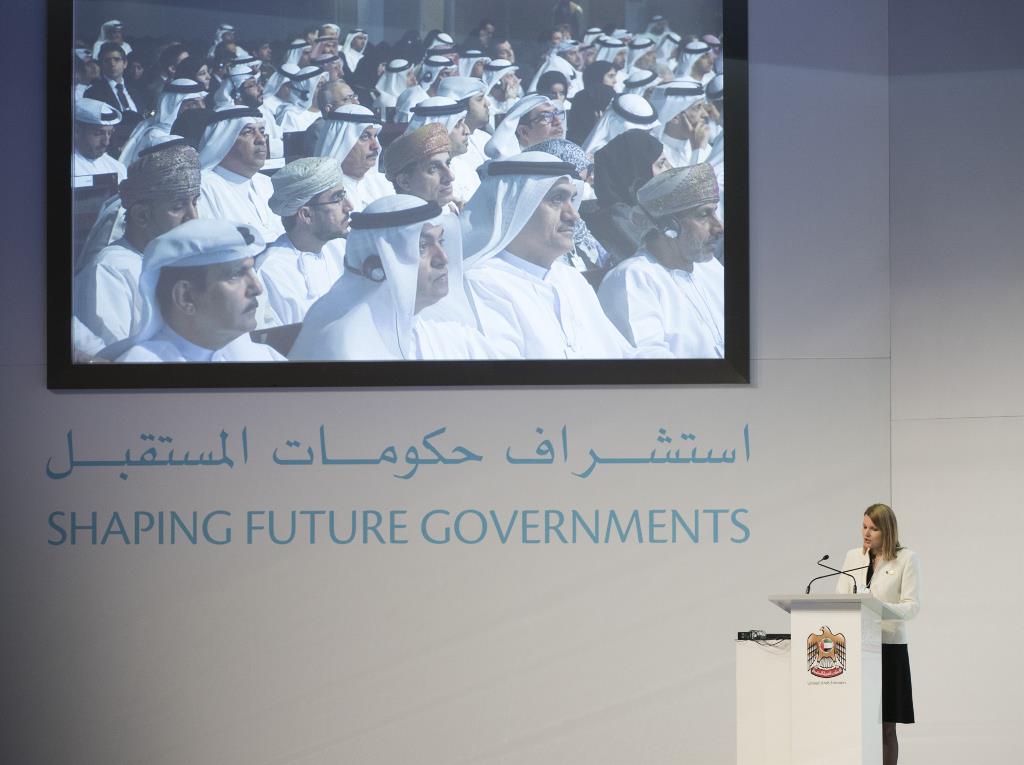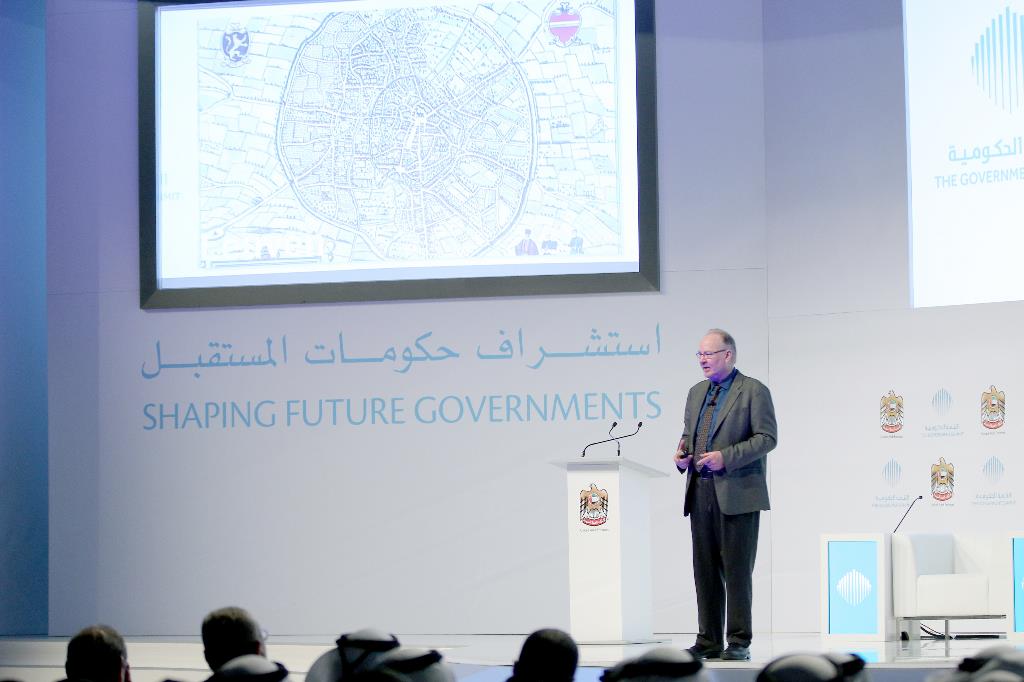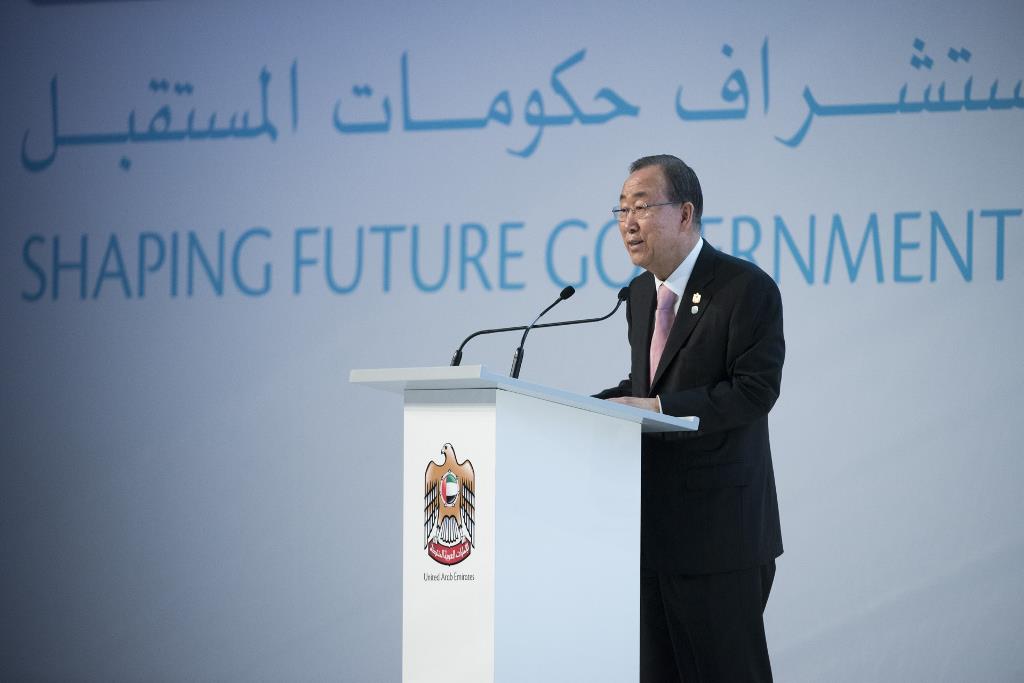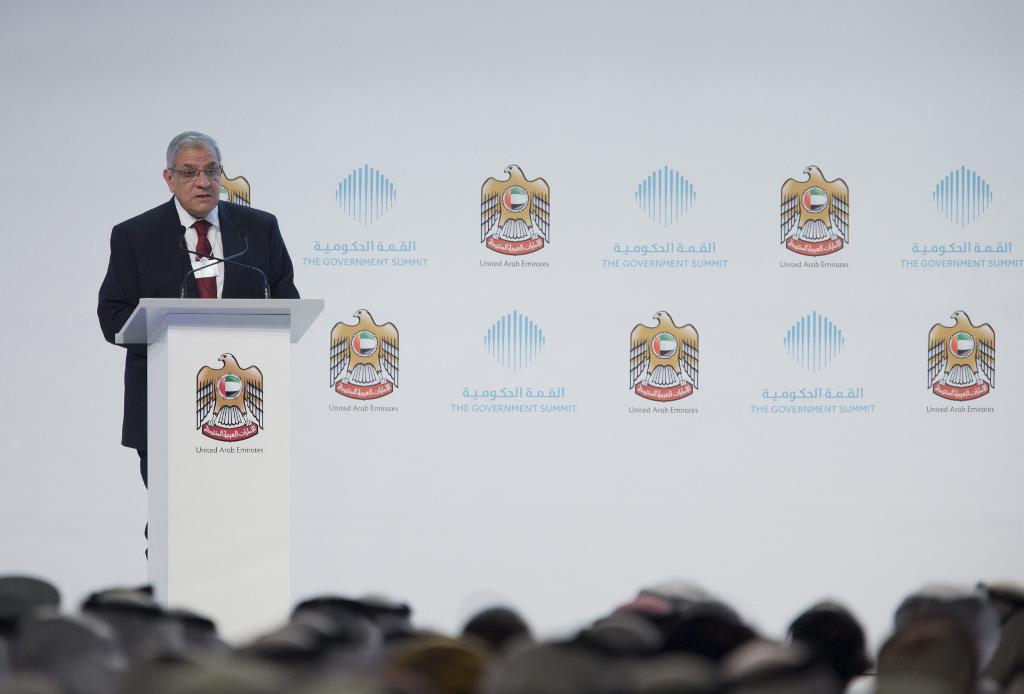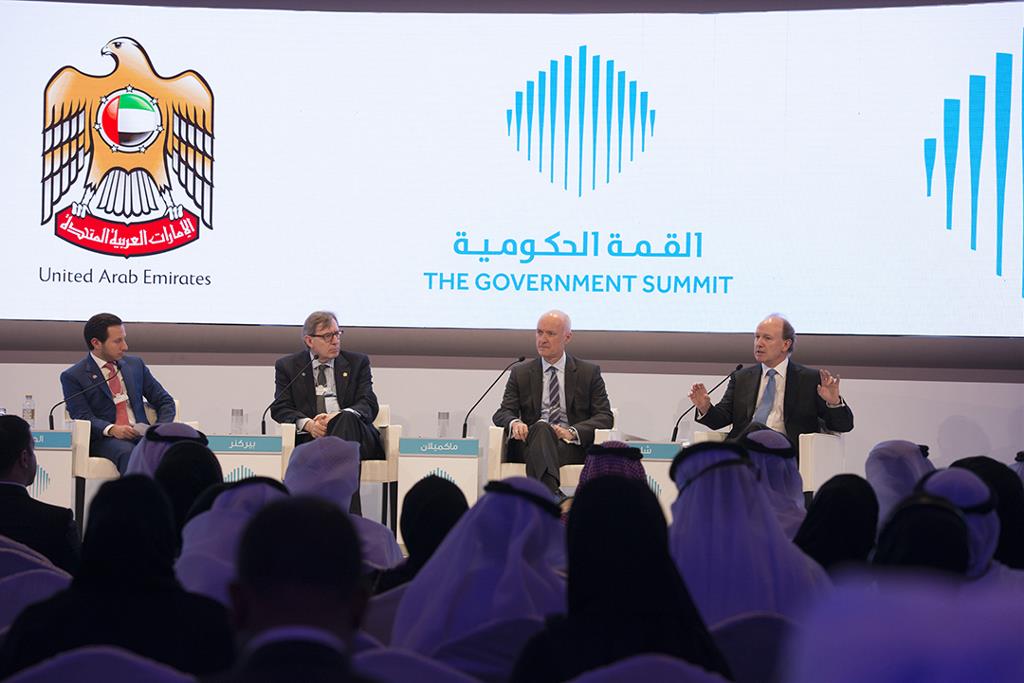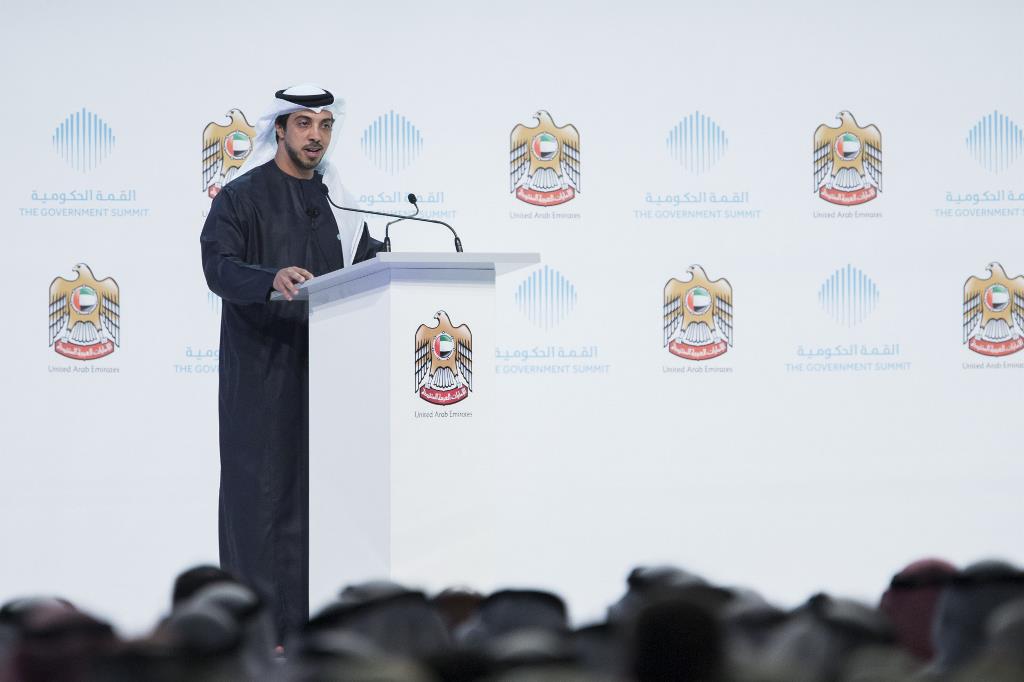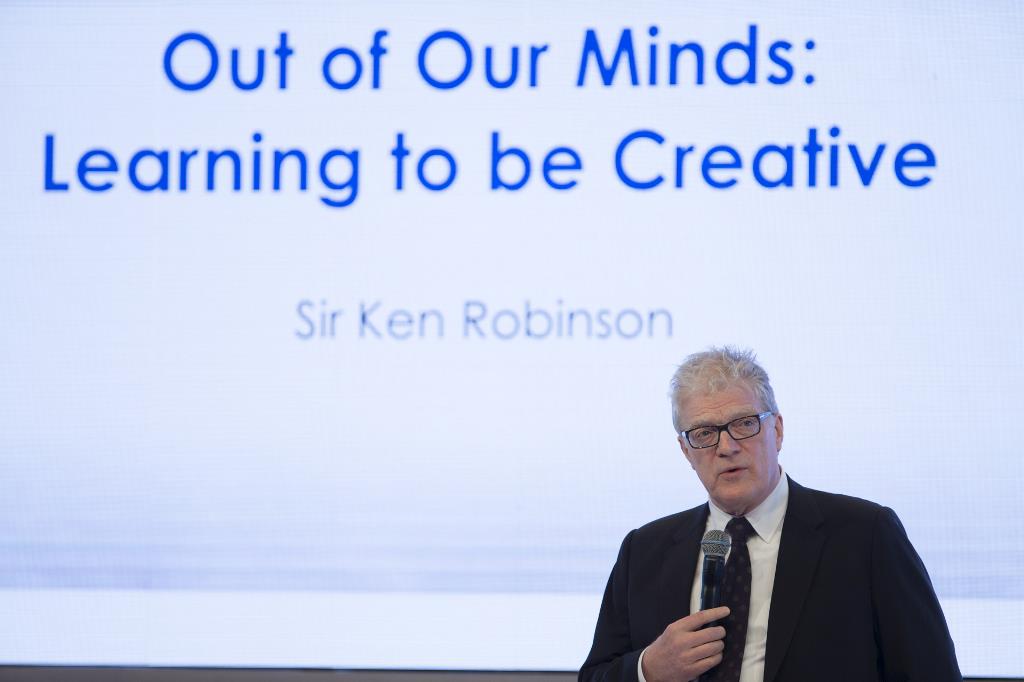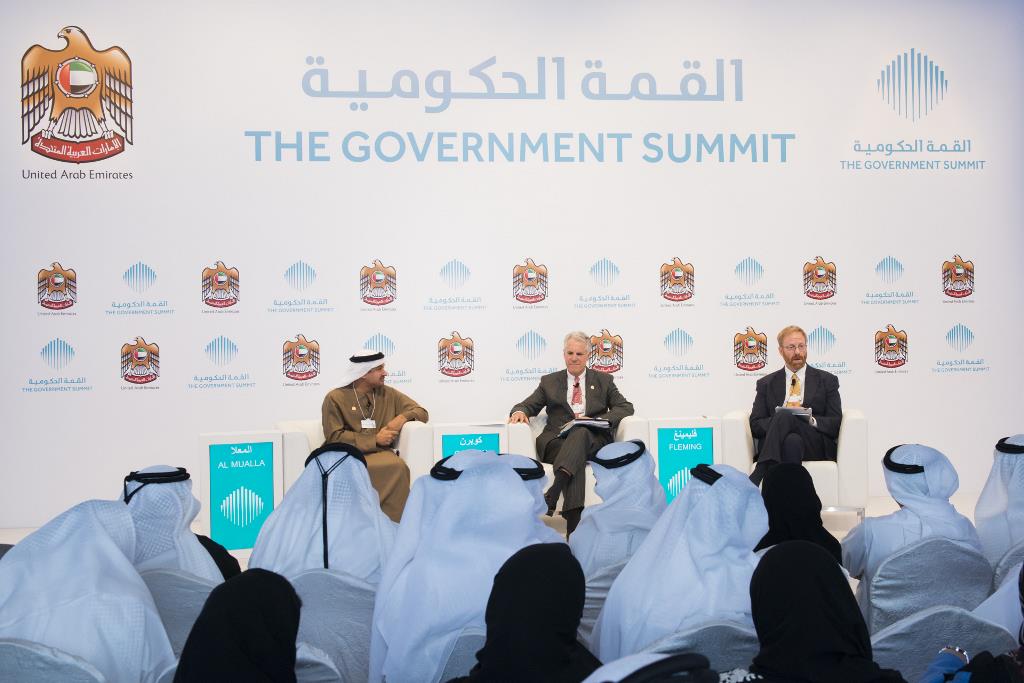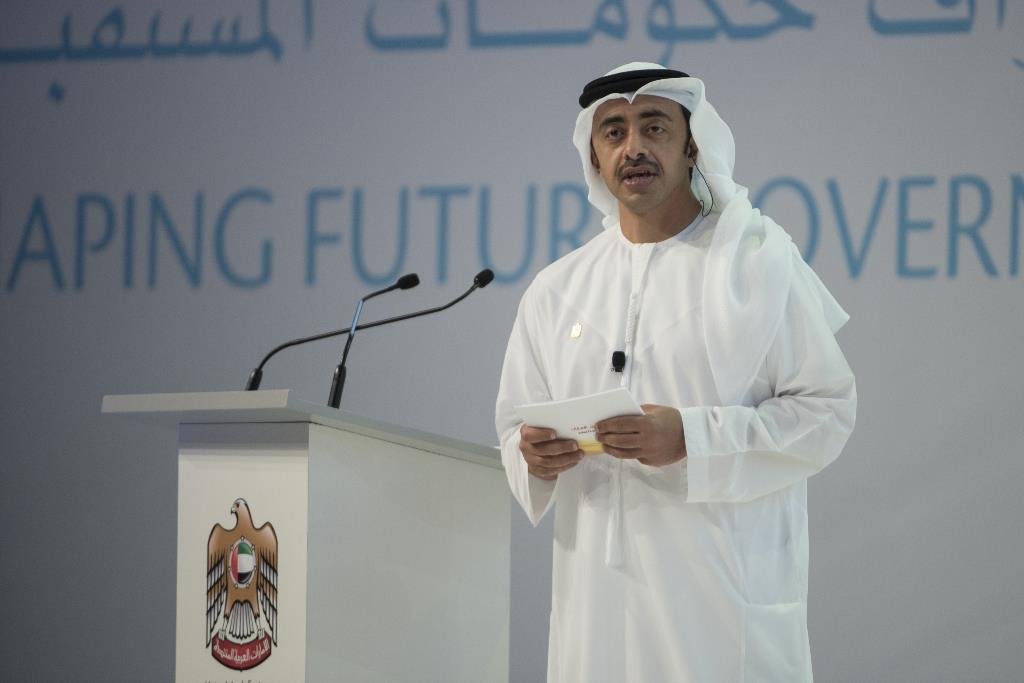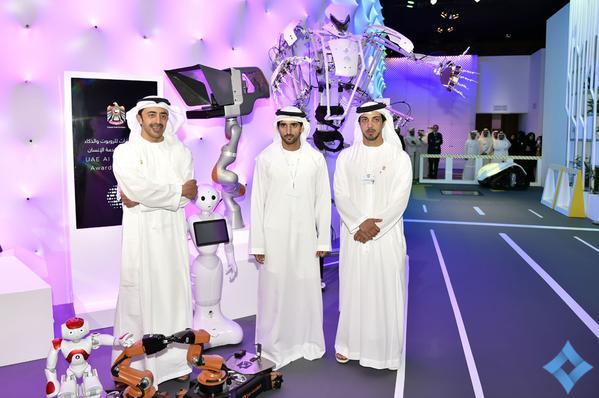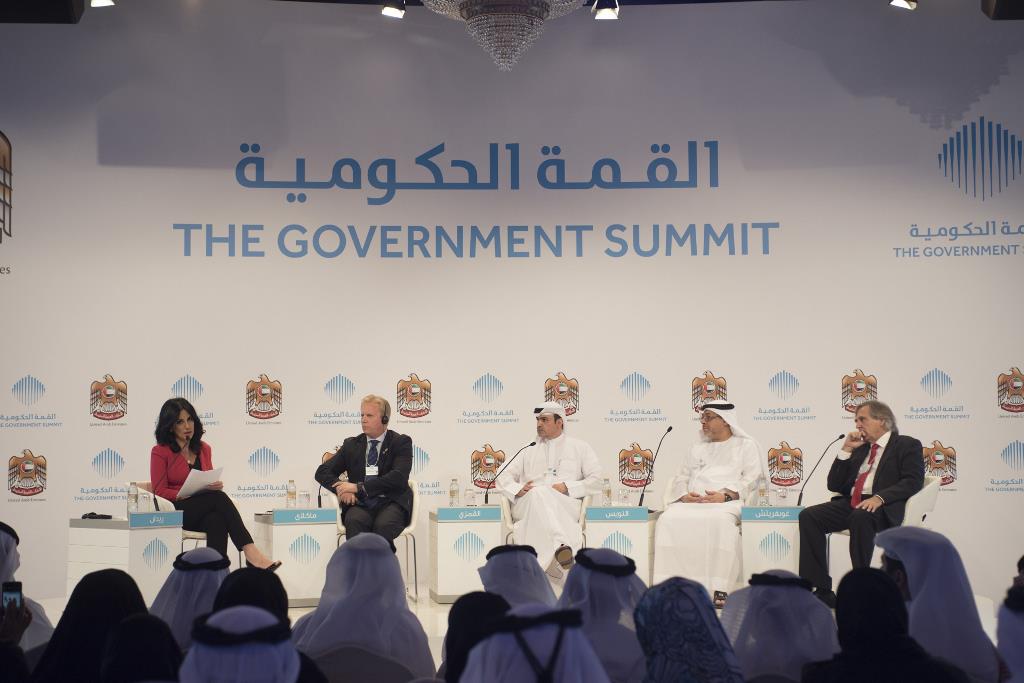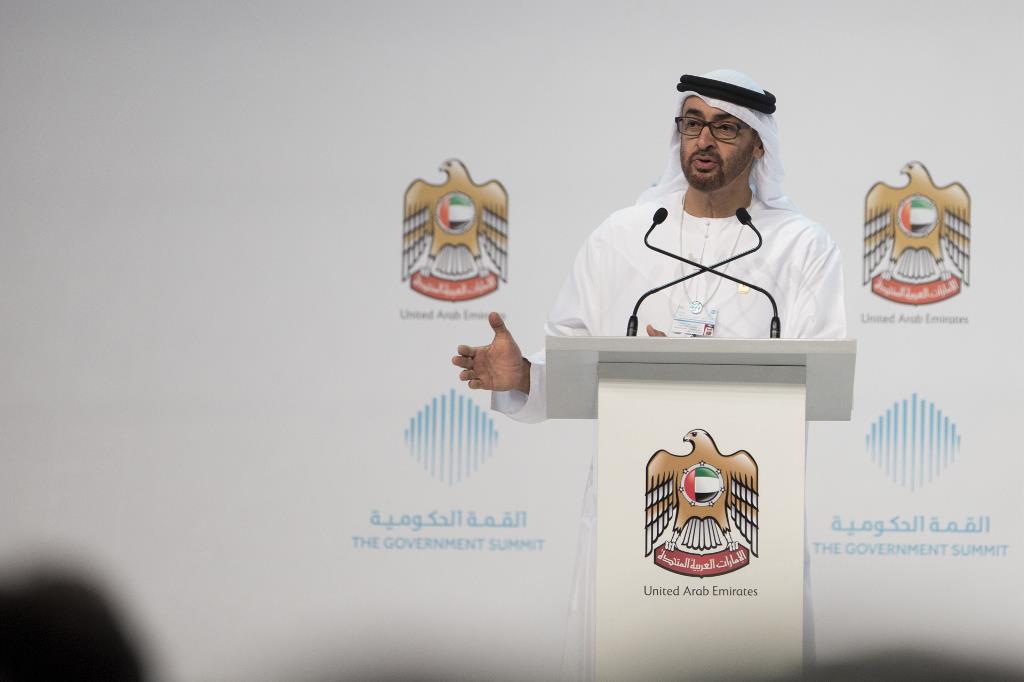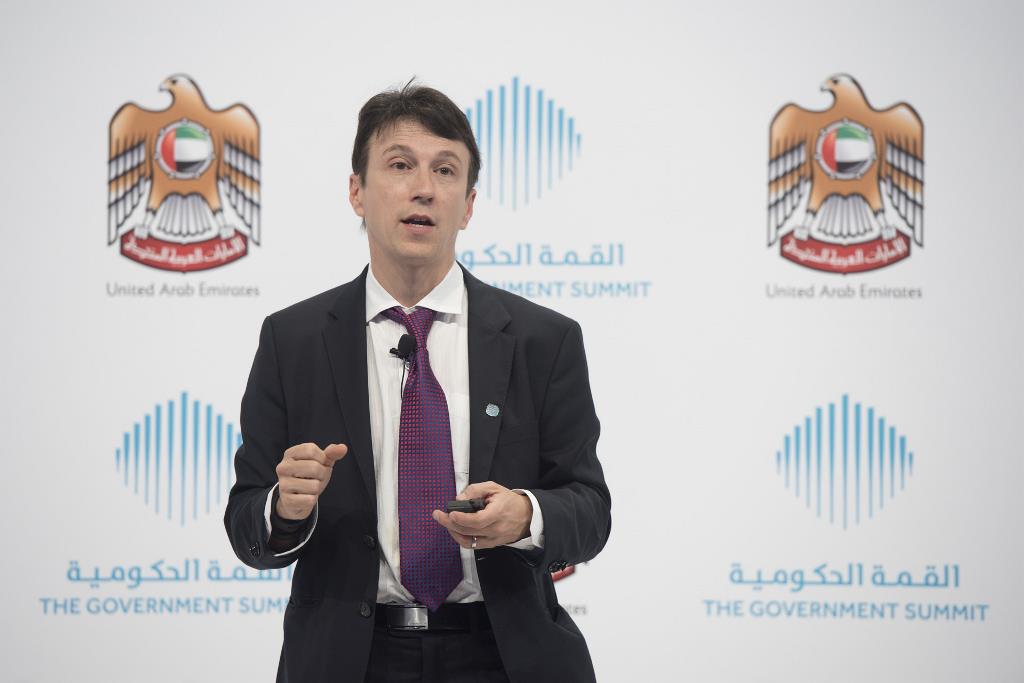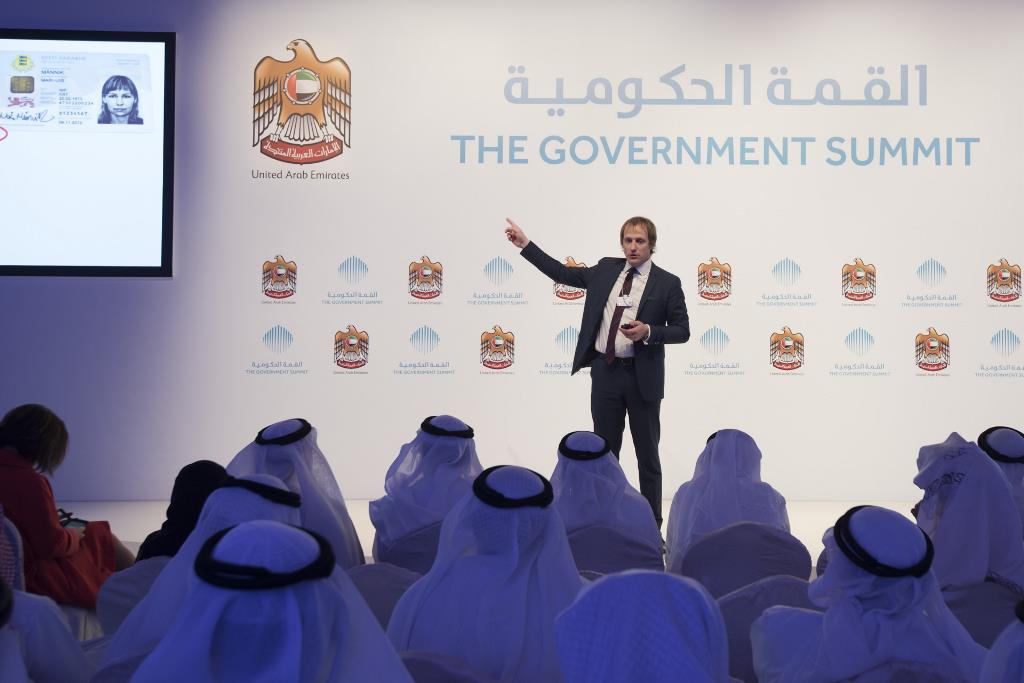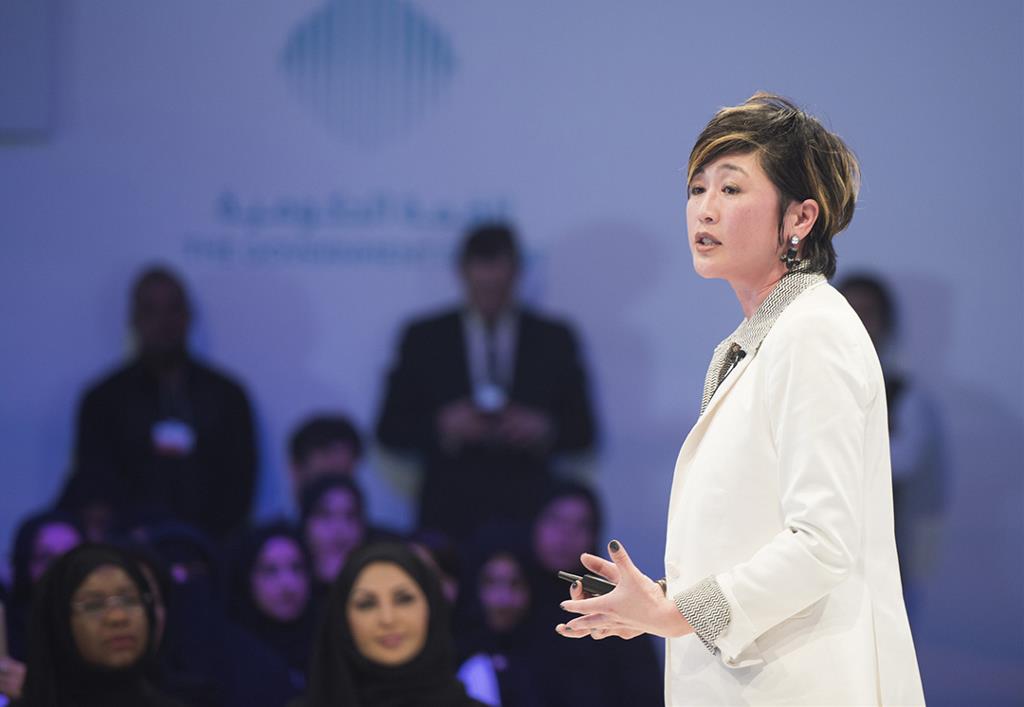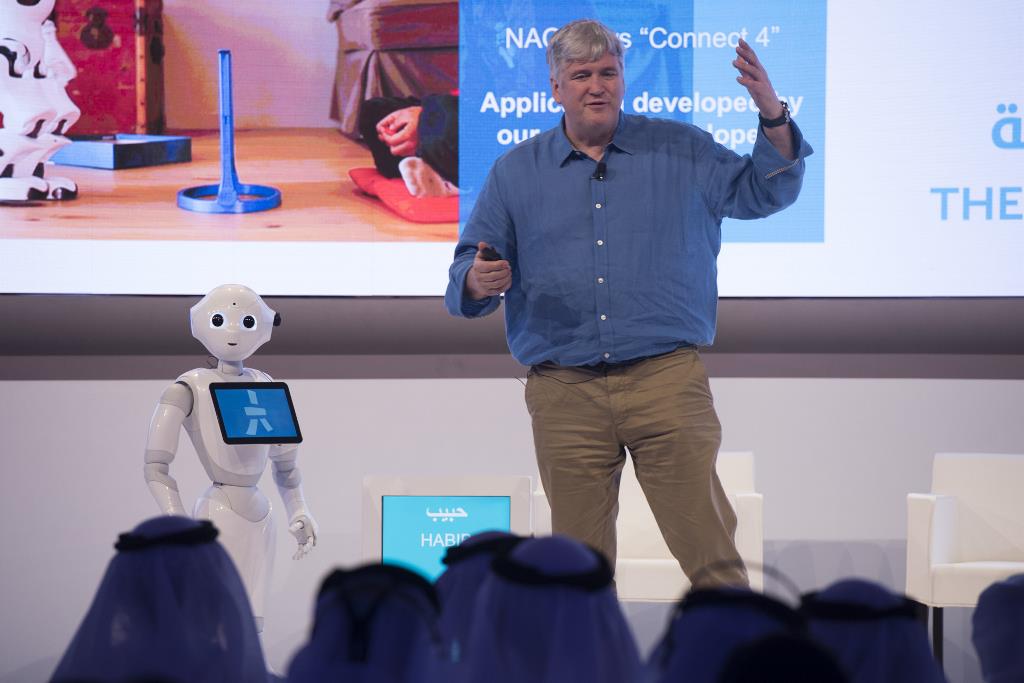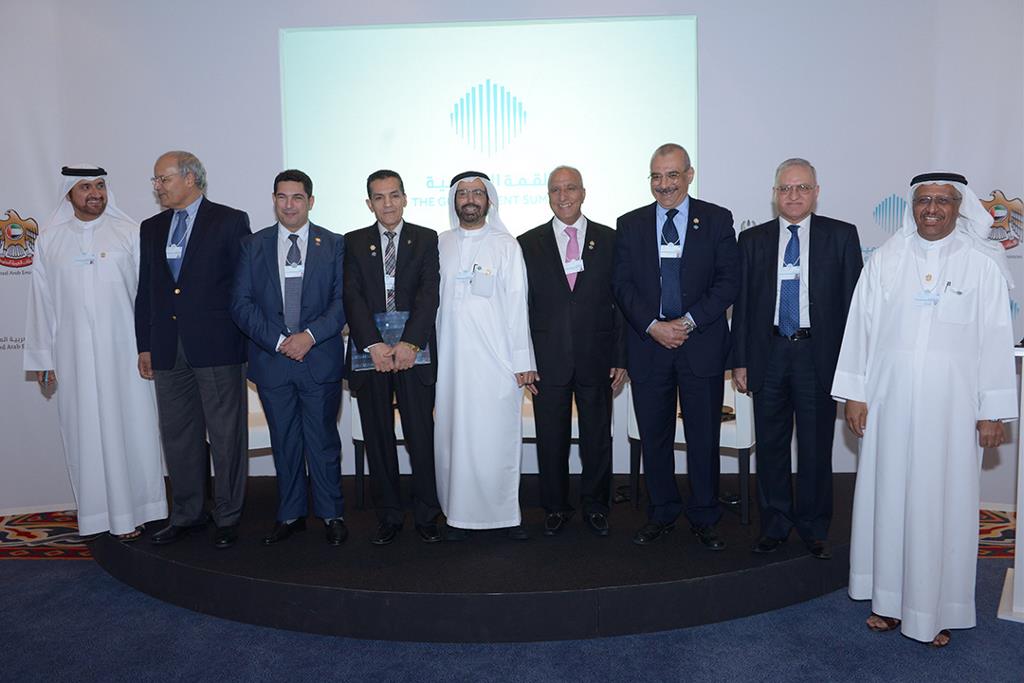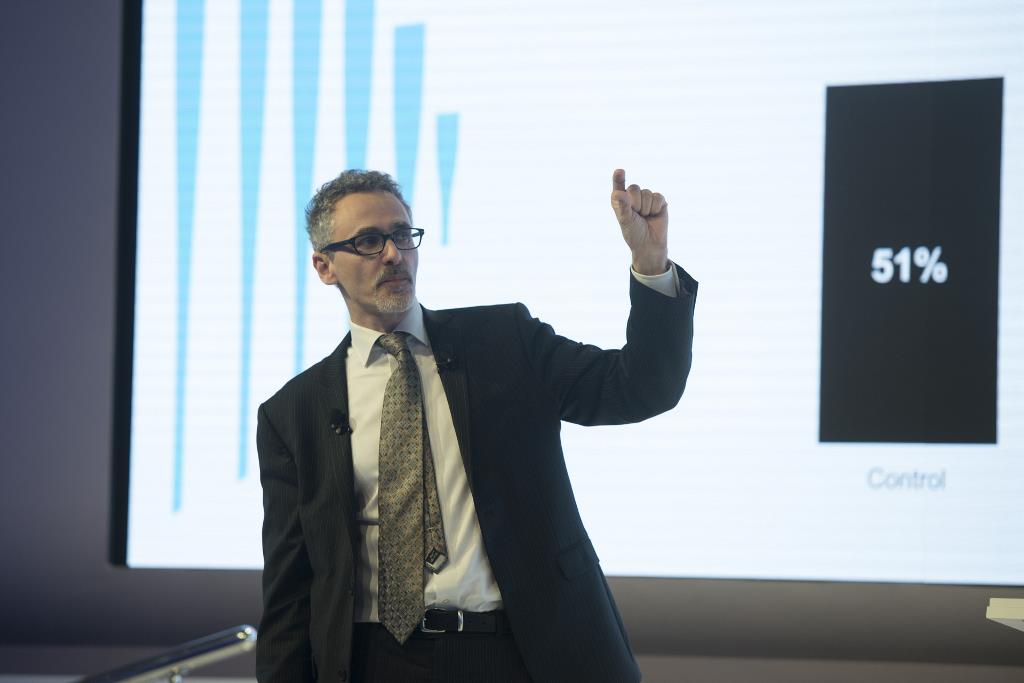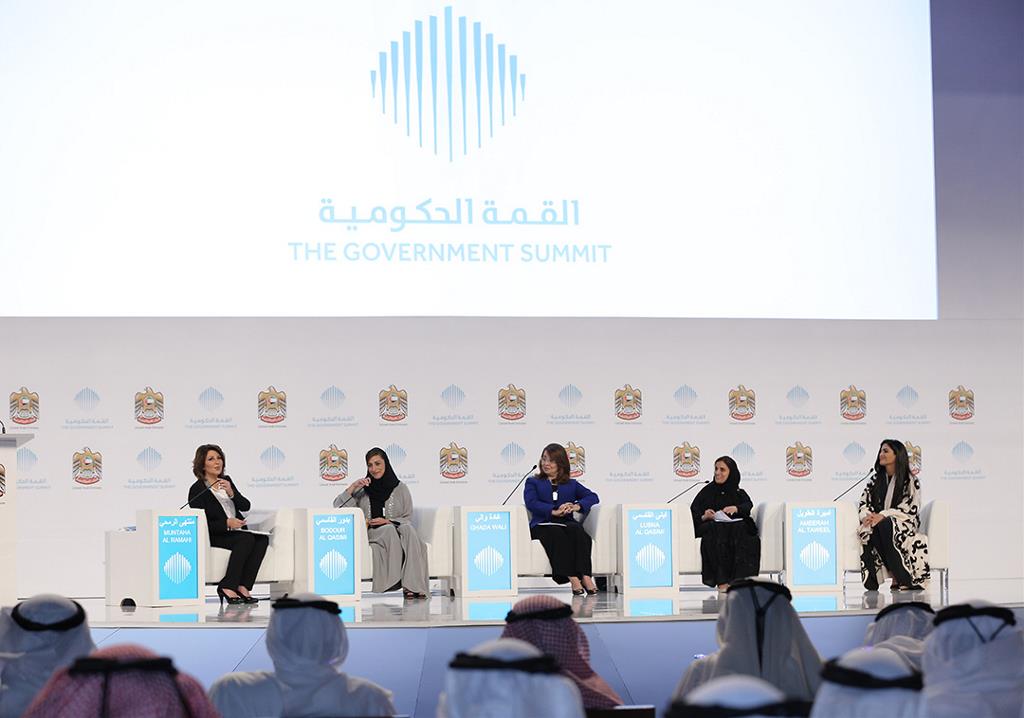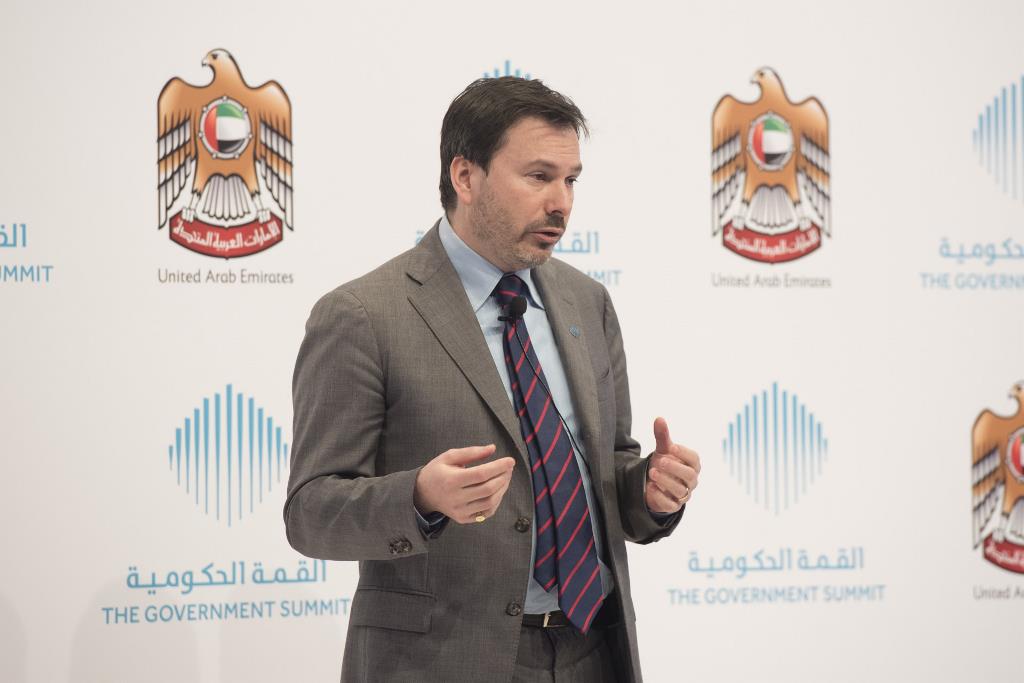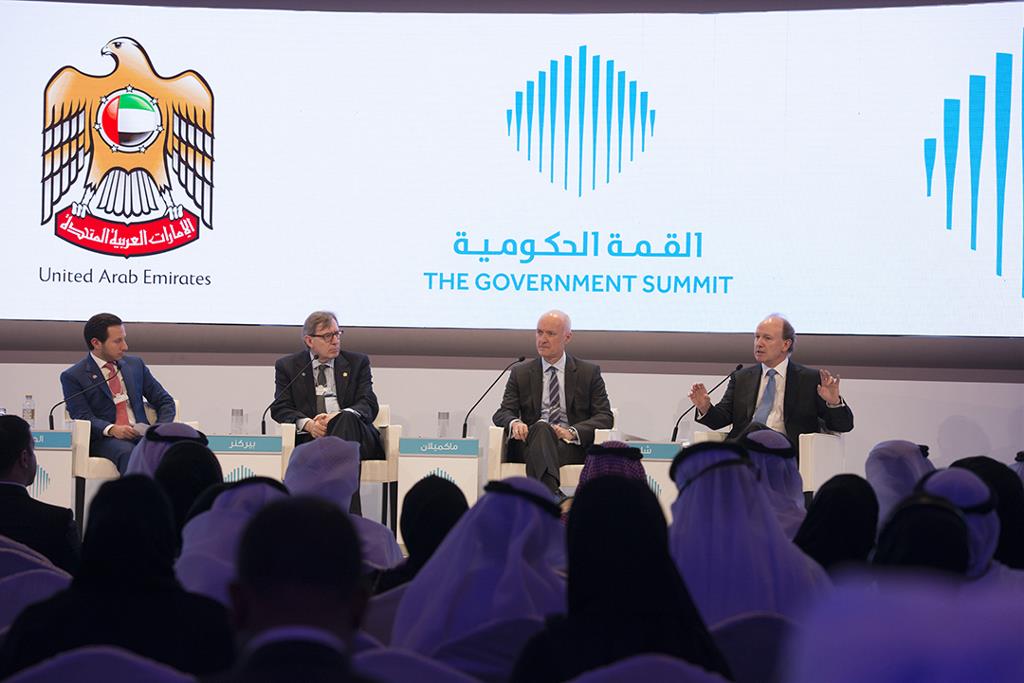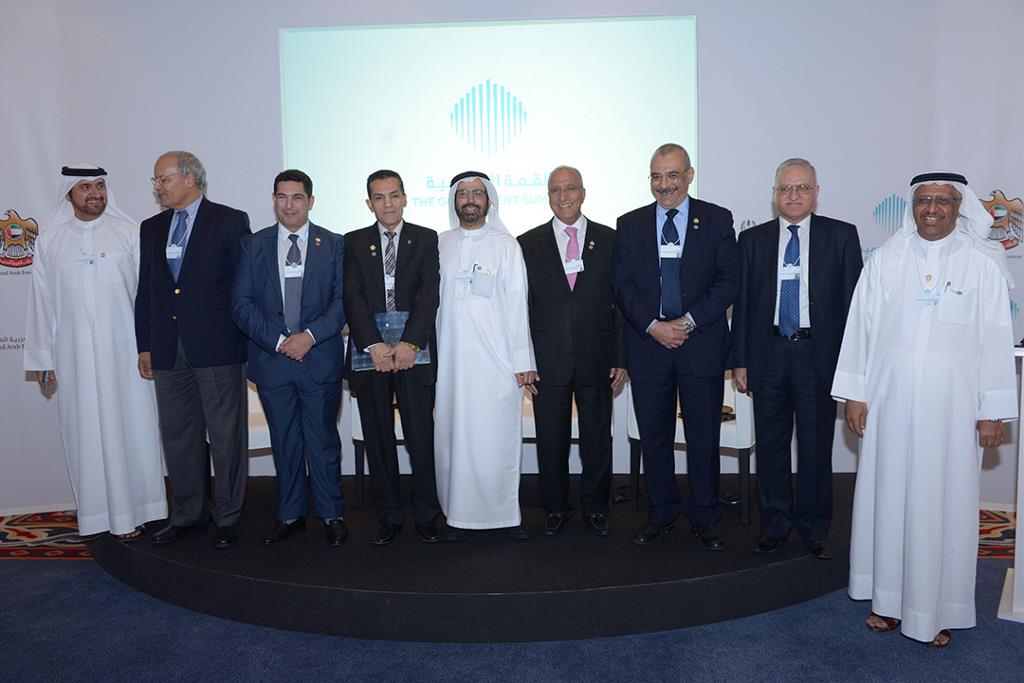How Schools Kill Creativity
Creativity is possible across any field across the human enterprise and it is the most powerful feature humans possess, said creativity and education expert Sir Ken Robinson.
Unfortunately, the current education system is rooted in a very narrow view and it has become increasingly important to change the current strategy of creative education, he said at a Government Summit 2015 session titled ‘How Schools Kill Creativity’.
The British educationist addressed several issues that he said prevent the young creative mind from fully recognizing its potential.
Amidst challenges like the global population explosion, especially in the developing nations, and humanity’s increased dependency on technology, creativity is often being buried deep within individuals.
“Human talent is diverse and in most cases buried. Each child has different potentials and the education systems must create a customized/personalized system of education,” said Sir Ken. He addressed the role technology plays in bringing about necessary change. He stressed on the importance of accepting and treating human resource like a natural resource.
“The real value of a nation is the depth of its human resources,” said Sir Ken.
Addressing the issue that most countries do not have a fully developed strategy to recognize and encourage latent creative potential, Sir Ken said it is a good sign that governments are finally recognizing the need to have a consolidated curriculum with both arts and science streams.
“In the many years of me being in the field of education, I’ve come to realize that people are far more talented than they realize. For a whole range of reasons, people go through the world without recognizing that,” he said. “A lot of adults think that they don’t have special abilities and succeed only once they have completed their education.”
Sir Ken, who visited Dubai 15 years ago, said the Emirate is not what it used to be. “Dubai is a shining example of tapping into dormant creativity. The city was built as the end result of unleashing imagination,” he said.
“Education has been traditionally rooted in a very narrow view and it is becoming strategically important that governments change the current strategy of creative education. We need a different conception of ability and talent, since we are living in revolutionary times. We need to think differently about our children, ourselves, the way we run our schools, the way we run our government institutions, and educational institutions.”
Speaking about the ongoing technological revolution, the educationist predicted a future where technology will eventually be very deeply embedded into the human fabric. “There will come a time when technology will be integrated into your body. We are moving rapidly in the direction of the integration of the information system,” he said.
Sir Ken reiterated the importance of changing the current education system to meet the needs of the coming generations. “Technology is always interwoven with creative thinking and creativity in itself is very easy to define. From my understanding, it is the process of putting original ideas into practice,” he added.
He particularly said that new educational curricula must celebrate diversity in literacy. “Children must be taught all fields of study. Along with Science and Mathematics, children must also be taught arts, physical education, and music,” he said. He also commended countries that consider teaching as a venerated profession.
Sir Ken busted a few myths associated with people in the education sphere. “The first myth is: Only special people are creative. The truth is that everyone is creative. The second myth: Creativity is limited to people in the field of arts. The truth is that creativity can be applied to any stream of study,” he said. The third myth the educationist busted was: “You’re either creative on you’re not. Truth is, education can foster a creative mind,” he said.
